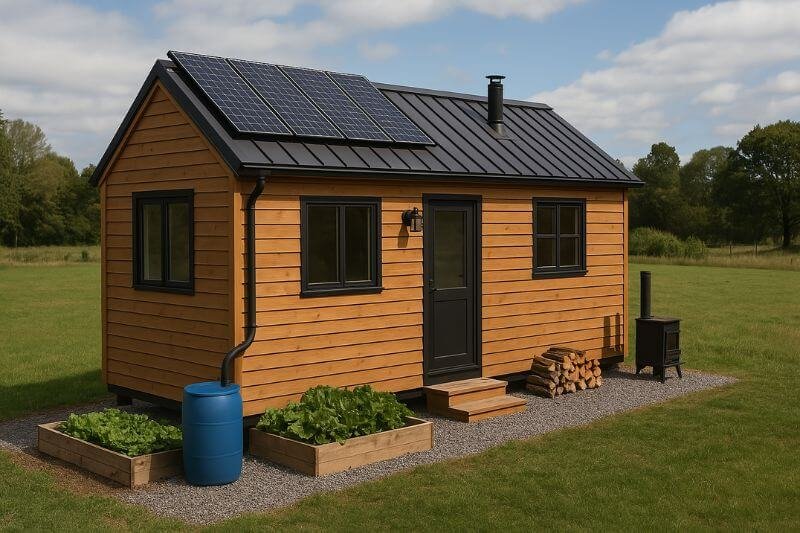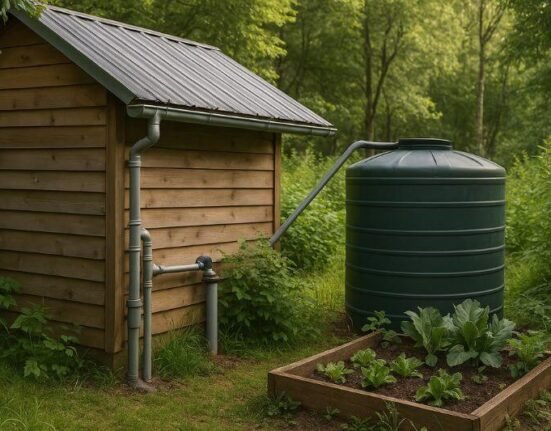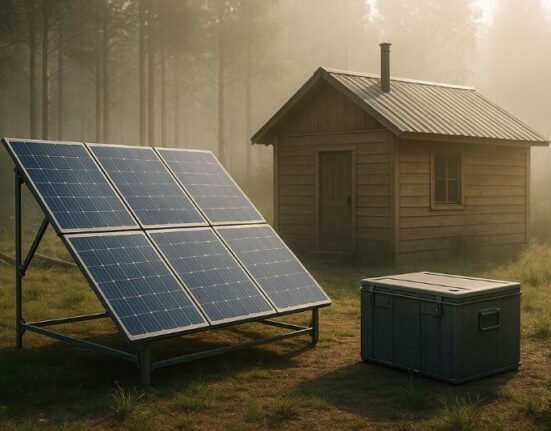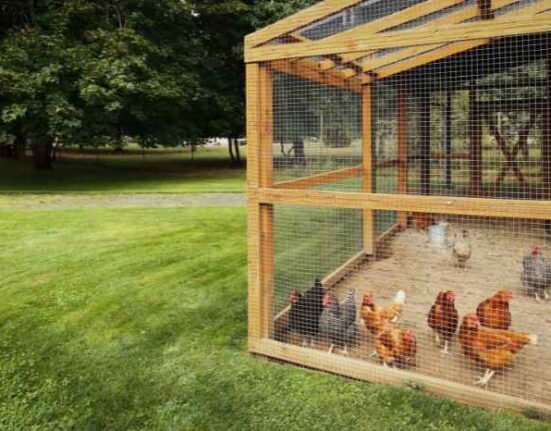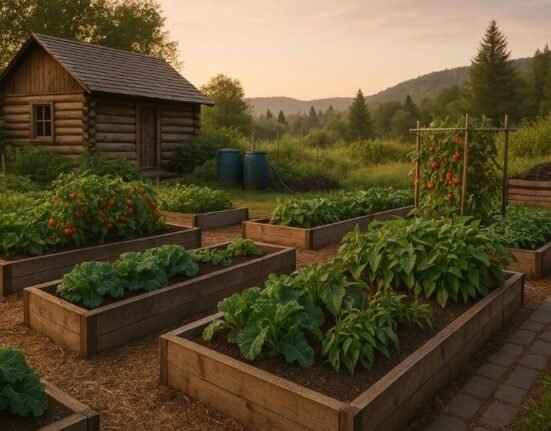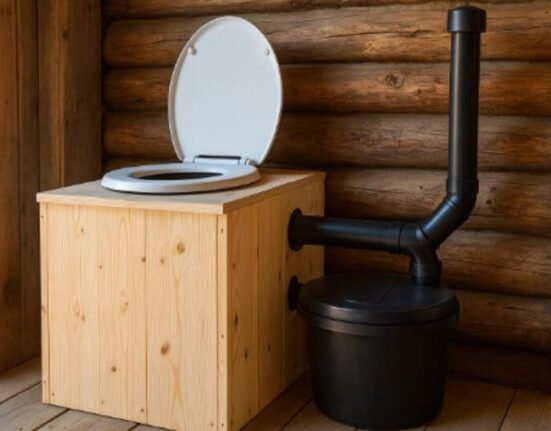When it comes to resilience, off-grid tiny homes offer the perfect intersection of sustainability, affordability, and strategic simplicity. Designed to function with minimal space and zero dependence on centralized utilities, these micro-habitats are becoming the go-to choice for survivalists, homesteaders, and anyone seeking independence in uncertain times.
Whether you’re building a bug-out cabin, converting a trailer, or downsizing for good, the tiny home lifestyle off-grid forces you to think smarter — not smaller.
📏 Part 1: Why Go Tiny Off the Grid?
💡 The Strategic Advantages of Tiny Living
In survival mode, every square inch must earn its keep. Tiny homes offer:
- Lower build and maintenance costs
- Faster heating and cooling
- Easier to conceal and secure
- Mobile or relocatable structure options
- Simplified systems (plumbing, power, heating)
“A 200-square-foot shelter that you control beats a 2000-square-foot house you depend on.” — Tiny Home Resilience Guide, 2023
🛠️ Types of Off-Grid Tiny Homes
There’s no one-size-fits-all. Choose your structure based on mobility, climate, and access to materials.
| Type | Description | Best For |
|---|---|---|
| Cabin | Permanent, insulated wood structure | Long-term, rural homesteads |
| Converted Trailer/Van | Mobile with built-in utilities | Nomads, bug-out plans |
| Shipping Container | Steel shell, customizable interior | Security-focused builds |
| Yurt or Geodome | Circular, open-layout shelters | Temperate climates, low budget |
| Earthship/Mud Home | Natural material, underground insulation | Arid zones, DIY eco-builders |
💡 Tip: Start with what’s available locally — your build should reflect your geography and skillset.
💵 Cost of Building or Buying Off-Grid Tiny Homes
Tiny homes cost less, but not all tiny homes are cheap — especially off-grid versions with sustainable systems.
💰 Estimated Costs:
- DIY build (salvaged materials): $2,000–$8,000
- DIY + solar + water systems: $10,000–$25,000
- Turnkey off-grid tiny home (delivered): $30,000–$75,000
Biggest cost factors:
- Quality of insulation
- Heating system (wood stove vs electric)
- Water and waste solutions
- Solar or hybrid power
“A well-built $15,000 tiny home with solar panels and rainwater harvesting beats a $150,000 RV hooked to the grid.”
⚙️ What Makes a Tiny Home Truly Off-Grid?
A tiny home isn’t off-grid just because it’s small. It needs to function fully independent of outside utilities.
Must-have off-grid systems:
- 🔋 Solar panels + batteries (or wind/hybrid)
- 💧 Rainwater harvesting + gravity-fed or 12V pump system
- 🚽 Composting or incinerating toilet
- 🔥 Wood stove or propane heater
- 🧼 Greywater drainage (to mulch basin or filtration zone)
✅ Optional upgrades: root cellar, backup propane, water filtration, rocket stove, solar oven
🧠 Designing for Maximum Efficiency
Every square foot matters. In tiny home design, multifunctionality is king.
🔄 Design hacks:
- 🛏️ Murphy beds or lofts = reclaim floor space
- 🍽️ Collapsible tables + bench storage
- 🧺 Combine kitchen + bathroom plumbing zones
- 📦 Use vertical walls for shelves and hanging storage
- 🚪 Pocket doors > swinging doors
“Efficiency isn’t just layout — it’s mindset. Every object needs a job, or it doesn’t stay.”
🧩 Part 2: Optimizing Every Inch – Interior Design & Energy Systems
🛋️ Interior Layouts That Work in the Real World
Forget Pinterest-perfect — survival-grade tiny homes must be functional first.
💡 Tiny layout principles :
- Centralize utilities (kitchen, bath, storage) on one wall
- Use lofts for sleeping or storage (or both)
- Avoid hallways — every inch should be usable
- Windows on all sides = natural light + airflow
- Keep ceiling height high in key zones (kitchen, main living)
💬 Popular interior blueprints:
- L-shaped kitchen + compost toilet closet
- Convertible desk-to-table under window
- Double loft (bed + dry goods)
“A great layout doesn’t make you feel tiny — it makes you feel efficient.”
🔥 Heating Solutions for Off-Grid Tiny Spaces
Small square footage means you don’t need much — but you do need safe and reliable heat.
🔥 Best heating methods:
- Mini wood stove: rustic, zero electricity, high heat
- Rocket mass heater: efficient, DIY-friendly
- Portable propane heater (Mr. Heater type): backup, clean
- Solar thermal mass: dark flooring + passive window gain
💡 Reflective insulation behind stoves = more retained heat
💡 Thermal curtains = massive difference on cold nights
💡 Lighting & Power – Tiny Grid, Big Output
Power systems must be minimal but reliable. Focus on essential functions only.
🔋 Power setup essentials:
| System | Function |
|---|---|
| 200–400W solar | Lights, fans, USB charging |
| 12V battery bank | Stores solar energy |
| LED lighting | Max output, low draw |
| DC outlets | Avoids inverter losses |
| Backup power | Solar generator or hand-crank unit |
✅ Add a small inverter only if needed (laptop, fridge, tools)
🍽️ Kitchen & Food Storage: Space-Efficient Survival
Tiny homes need smart food zones. You’re not just storing spices — you’re storing calories and backup rations.
Must-haves:
- Compact propane stove or rocket stove
- Collapsible sink with foot-pump faucet
- Pantry under seating or loft ladder
- Wall-mounted spice + jar rack
- Root bin under floor hatch for cool storage
“If your kitchen isn’t part bunker, it’s not survival-ready.”
🚿 Hygiene Without Wasting Space
✅ Shower & bathroom hacks:
- Combine toilet + shower in one waterproof floor pan
- Use shower bag or solar water tank overhead
- Hang towel racks on ceilings or behind doors
- Store hygiene kits in fold-out shelves or buckets
🛑 Don’t install flush toilets — stick to compost, incinerating, or urine-diverting toilets to stay fully off-grid.
🚨 Space-Saving Musts
Every item must justify itself. No decoration without function.
🧠 Furniture hacks:
- Bed = storage + seating
- Bench = pantry
- Ladder = drying rack
- Wall = spice rack + hooks + shelving
- Ceiling = blackout curtains + gear nets
“You’re not ‘sacrificing’ space — you’re reclaiming purpose.”
🌱 Part 3: Long-Term Survival and Mistake-Proof Tiny Living
💧 Rainwater, Waste & Resilience – The Self-Reliant Triangle
Even in a small space, you need big systems to cover essential needs: water, waste, and resource loops.
💦 Water Collection & Use:
- 2–4 rain barrels (minimum 100 gallons total)
- Roof catchment via gutters to tank
- Simple sand + charcoal filter for greywater
- Foot pump or gravity tap system to sink
🚽 Waste Management:
- Bucket-style composting toilet
- Charcoal bucket + sawdust = odor-free
- Greywater outflow to mulch basin or permaculture swale
💡 Tip: Keep waste and water systems outside the main footprint when possible to preserve living space.
🔄 Off-Grid Tiny Home Sustainability Hacks
Your goal is zero dependency — but zero waste is a close second.
Closed-loop systems that work:
- Chickens or quail = eggs + compost
- Kitchen scraps → vermiculture → soil
- Greywater → food forest irrigation
- Solar → LED lights, USB, tools
- Heat → passive solar + wood stove
“When everything serves two functions, you halve your vulnerabilities.”
❄️ All-Season Tiny Living
Living tiny in summer is easy. In winter, you earn your freedom.
🧊 Cold Weather Survival Tips:
- Use curtains inside to zone off living area
- Store water inside at night to avoid freezing
- Run a candle heater or mini rocket stove in emergencies
- Keep an emergency heat blanket + solar USB hand warmers
🔥 Your biggest asset is your insulation. Don’t skimp on walls, windows, or floor sealing.
❌ Common Mistakes in Off-Grid Tiny Living
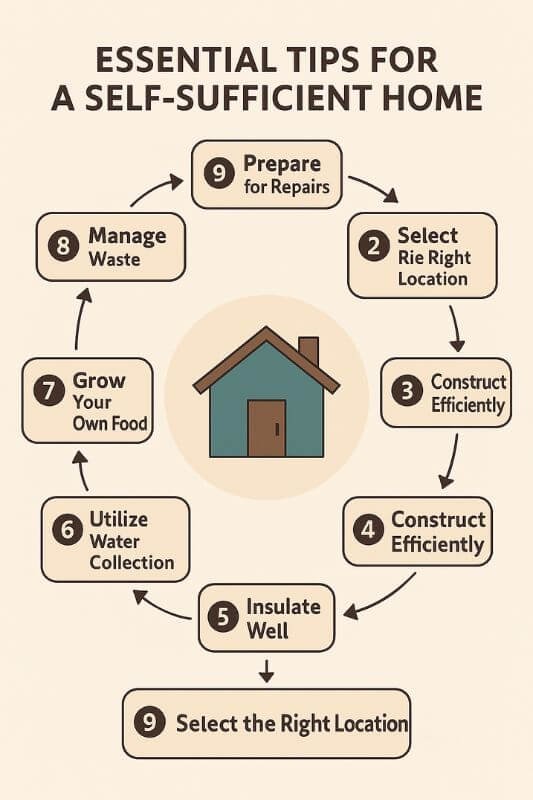
| Mistake | Consequence | Fix |
|---|---|---|
| Overstuffing with gear | Cramped, hard to clean | Declutter or rotate seasonally |
| Bad ventilation | Mold, odors, discomfort | Cross-breeze windows + vents |
| Flush toilets or septic | High maintenance, code issues | Composting or dry toilets only |
| Using grid appliances | Drains battery bank too fast | Stick to 12V or propane-based gear |
| Ignoring weight distribution | Tilting or structural imbalance | Even weight layout, especially on wheels |
“If it doesn’t fit your system, it doesn’t fit your survival.”
❓ Frequently Asked Questions (FAQ) – Off-Grid Tiny Homes
Q: Can I legally live full-time in an off-grid tiny home?
Yes — but it depends on where you live.
Many rural and unzoned areas allow full-time residency in off-grid tiny homes, especially if you’re on private land. However, legality can vary dramatically by state, county, or municipality.
✅ What you need to check:
- Minimum dwelling size laws: Some counties require houses to be at least 300–500 sq ft to be considered livable.
- Zoning codes: Agricultural or unzoned land often gives you more flexibility.
- Tiny homes on wheels (THOWs): In some places, you can register them as RVs and live in them seasonally or with limited restrictions.
- Sanitation and water codes: Even off-grid systems (compost toilets, rainwater collection) may require permits or inspections in certain counties.
💡 Tip: The fewer neighbors and the more remote your land, the less likely you’ll run into legal problems.
“If you want true freedom, choose a place where people already mind their own business.”
Q: How much solar power do I need for a tiny home?
The amount of solar power you need depends on how you live — and how lean you run your system.
⚡️ A basic 300–400W setup can power:
- 12V LED lights
- USB devices (phones, radios)
- A 12V mini-fridge or fan
- A low-draw water pump
⚠️ You’ll need a larger system if you want to use:
- Laptops and tablets
- Cordless power tools
- A freezer or electric heater
- High-draw AC appliances (blender, microwave)
🔋 Add a battery bank (AGM or lithium) and ideally a solar charge controller + inverter if you’re mixing DC and AC.
“Build your power system around your needs — not your comforts.”
Q: Can I build a tiny home off-grid by myself?
Yes — and many survivalists do.
Solo or couple-built tiny homes are common in the off-grid world. If you’re willing to put in the hours and learn as you go, building your own is one of the most cost-effective and empowering things you can do.
🧰 Skills that help:
- Basic carpentry: framing, siding, roofing
- Low-voltage wiring: for solar and 12V systems
- Off-grid plumbing: gravity-fed water, greywater drainage, compost toilets
- Problem-solving and adaptation: especially when using reclaimed materials
💡 If you’ve got YouTube, hand tools, and persistence — you can do it.
Q: What’s better for a tiny home: wheels or a foundation?
It depends on your survival plan.
🛞 Tiny Home on Wheels (THOW):
- ✅ Portable and bug-out ready
- ✅ Easier to register as an RV
- ✅ Bypass some zoning laws
- ❌ Less insulation, smaller space, road restrictions
🧱 Tiny Home on Foundation:
- ✅ More space and long-term comfort
- ✅ Better thermal mass and insulation
- ✅ Easier to integrate with off-grid systems
- ❌ May require permits or inspections
“If you plan to stay put, build on the land. If you plan to stay mobile, build on wheels.”
✅ Conclusion: Tiny Space, Massive Independence
Off-grid tiny homes are more than a trend — they’re a tactical response to a fragile system. By reducing your footprint, simplifying your needs, and mastering your environment, you unlock a level of freedom and self-reliance that few experience.
Start small, think modular, and build smart.
Because when collapse comes, the tiny home that runs on sun, water, and grit — wins.









